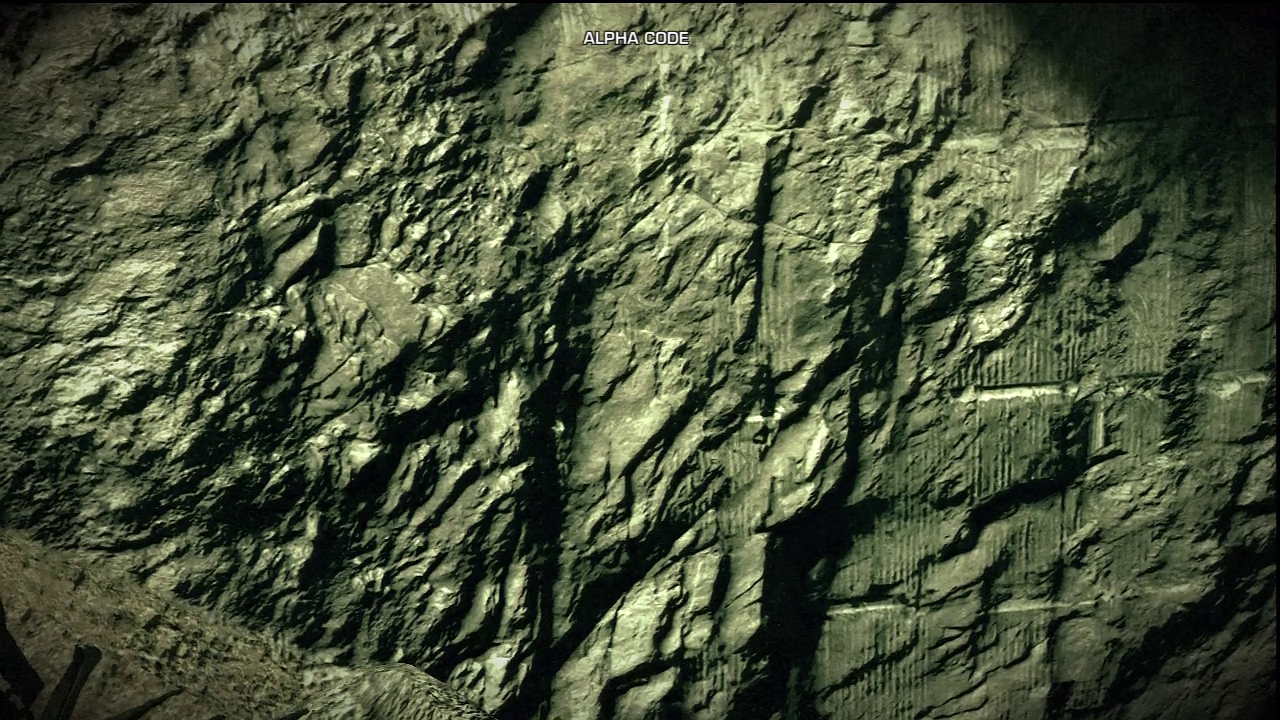The pot calling the kettle black. You claim KZ3 is better technically but have no proof at all whatsoever. Then you start making incorrect claims and lies such as no AA in Crysis 2 when it's obviously using AA. Then you try to dismiss Dynamic GI when only 3 games so far have ever used this method, furthermore you call it nearly free, lol like hell it is, that's why so many games use it right? You're obviously making up stuff and have no real idea what it is you're talking about.[QUOTE="themyth01"][QUOTE="gpuking"] You keep amuse me with your ignorance. MLAA is cheaper than MSAA only on the PS3 lol, yet gives out much better results.gpuking
Seriously dude, you have trouble reading. My previous response outlined all the technical inefficiencies found in Crysis 2 console footage which can be seen on youtube links posted here. There is no aa on console footage shown so far and what's so hard to understand? The edge smooth aa technique is yet to be seen on consoles so technically I'm right. You just proven to me you never looked through the Crytek pdf on cryengine 3.0 otherwise you'd know the GI calculation is almost free for 1 or 3 light propagation volume. I'm just about done with you
You sure you want to continue with this parade of yours? You have not cited any technical merits, just lies as mentioned above and visual cues. Fact is, Crysis is doing Dynamic lighting and KZ3 is not, you can't disprove this. So what's your basis for declaring KZ3 is better technically? nothing but your opinion on visuals and yet you keep rambling on.
You still haven't said how Dynamic GI is nearly free, which is the most BS I've heard in a long time. Nowhere in the PDF does it even hint as this being a nearly free calculation. Seriously, just stop the fanboy talk and focus on the facts.
Here's the method for GI, which you claim is nearly free:
1.
Sample lit surfaces
–
Treat them as secondary light sources
2.
Cluster samples into a uniform coarse 3D grid
–
Sum up and average radiance in each cell
3.
Iteratively propagate radiance to adjacent cells, works only for diffuse
4.
Lit the scene with the resulting grid
Take any of those steps and you have thousands of calculations. We're looking at least at a Θ(N^3) algorithm here, yea nearly free alright :roll:








Log in to comment